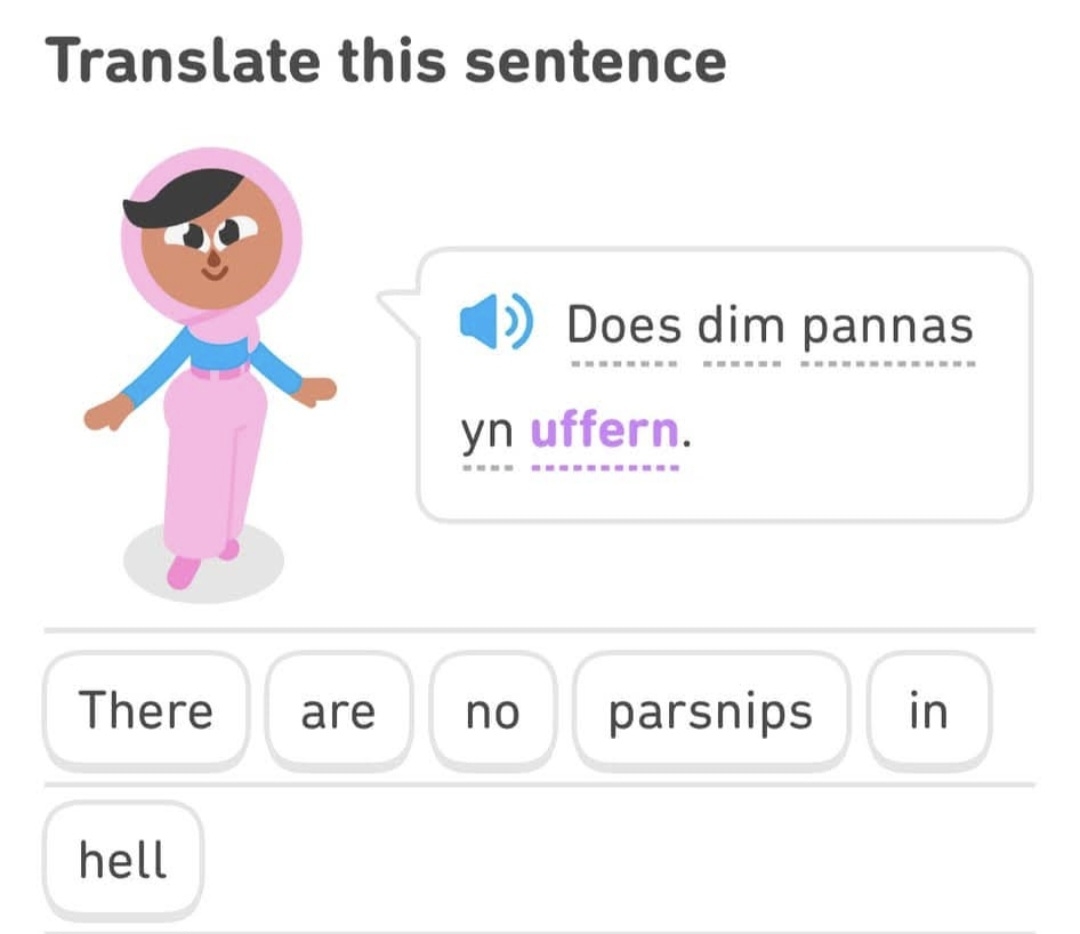Barry Island? Been there, done that. Long before Gavin and Stacey were born. The finale of the eponymous series has prompted a lot of very fond memories of some happy times. It really is a case of you had to be there to fully understand what the Barry Island Experience was all about.
My family has had a long association with Barry Island and the earliest photograph I can find is this one. I can't identify all of the people but my grandmother is holding my mother. Mam was born in 1925 and I reckon this photograph was taken in 1926. I think it's my Uncle Les to the front, with a young Aunty Min just in front of my nan. My grandfather is at the back to the right of my nan.
And the next one comes from July/August 1948 and that's me in a rather rustic pushchair, in front of what now houses "Nessa's Slots". That's my Aunty Marj and Uncle John looking after me.To put a little context on what follows, my memories of this period extend from the early 1950's to the early 1960's, between when I was 5 or 6 up until my mid-teens, after which Barry Island fell off my radar.
In the times I am talking about, very few people in our village had a car and day-trips were unheard of. So, any trip to Barry Island was done in a bus and was generally in a group, associated with a chapel or a social club. It was not unheard of for people to join a chapel a few weeks before a trip so that they could be eligible for it! Of the clubs, the trip organised by the Green Fly was a trip of legend. Practically every child in the village was eligible and, perhaps, 30 or more coaches were needed to take them (plus adults, of course). From what I remember, every child had a small gift (sweets/ an orange) and some spending money (threepence, old money?). If you were lucky, and had multi-allegiances, you might get a trip to Barry Island two or three times a season.
Barry Island was only some 25 miles from the village and the journey probably took over an hour. And what a journey it was. Lots of singing and laughter, which got louder the closer we got to our destination. I can still remember key points: alongside Caerphilly Castle, down the infamous Nantgarw hill, passing under the bucket line for the pit there, along the River Taff at Taff's Well, looking to see if we could spot Castell Coch way up in the woods towering over the road and then through a stretch of open countryside to reach Wenvoe Hill. A notable place for two reasons: firstly, we passed the impressive TV transmitter tower and secondly, this is where we had a first glimpse of the sea. From there, it was just a short haul to the parking places on waste ground just to the side of the causeway to the Island. And then, it was a manic scramble to get to the beach as quickly as possible to pick a spot for the day. This wasn't as easy as it may sound as there were thousands, and I do mean thousands, of other people wanting to do exactly the same.
Barry Island (or, more accurately, Whitmore Bay on Barry Island) when the Valleys descended was absolutely rammed. Not quite standing room only, but every square foot of the sand would be occupied. And the density ebbed and flowed with the tide. It was not actually a traditional seaside resort as it was on the Bristol Channel, a stretch of water with the second highest tidal reach in the world. As such, the tide went out a long, long way and the water was very turbid, with sand, and coal dust from the various rivers into which effluent from the coal mines was discharged completely unregulated in those days. The water was so dirty that I was genuinely surprised when I first went into the sea at Ventnor on the Isle of Wight in 1970 and could actually see my feet! This never happened at Barry Island! I understand that there are still water quality problems there.
Traditionally, we stayed on the beach for most of the day, perhaps venturing up onto the promenade for an ice-cream (not that often as money was very tight). The day was finished by some time on the 'shows' at the Fun Fair. I say 'some time' but it was never for very long as there was never the money for extended stays and never enough for a ride on the ride of rides, the Scenic Railway. We had to make do with the cheaper, and much less exciting, rides.
And after all this, we headed back to bus and the reverse journey home. Again, with much singing and laughter at the beginning but which lessened as tiredness set in. It was always a slow slog going back up the hill at Nantgarw as it was so steep. On one memorable occasion, our aged coach (vintage Caerphilly Gray's?) could not make it up the hill and all the passengers had to get out, walk to the top and get back on again!
For completeness, I should add that there were a couple of times when we went to Barry Island by train, a steam train, of course. The journey was not quite straightforward as there was no direct line from the village to our destination. Get on the train at Bedwas, short trip down the line to Machen, a little shunting and then onto the spur line to Caerphilly, more shunting onto the Cardiff/Barry Docks line and we were off to the 'seaside'. One thing we looked forward to was the long, long tunnel at Cefn On, which grew shorter, the older we got until it morphed into reality at about 5 minutes. Another highlight (rather sad, really) was the steam train's graveyard that was the Barry scrapyard. Row upon row of old, rusting steam trains, amongst which we could occasionally make out one that we had 'spotted' at Newport station. At the end of steam, Dai Woodham bought hundreds of withdrawn steam engines from British railways for his scrap business at Barry. He intended to scrap them but delayed doing so while he focused on scrapping redundant railway wagons. As a result, railway preservation societies flocked to Barry to select locomotives to restore to operate their lines. Out of almost 300 engines sent to Barry, almost three quarters were rescued from the graveyard, and over half lived to steam again. And I think that statistic is fantastic.
That's it. Happy times and the sun seemed to shine each time we went.
Barry Island doesn't need Gavin and Stacey to make it memorable.
To end on a bizarre note about Barry Island. The ashes of Fred West, the infamous serial killer, were scattered on Barry Island after his body had been cremated on 29th March 1995.




















